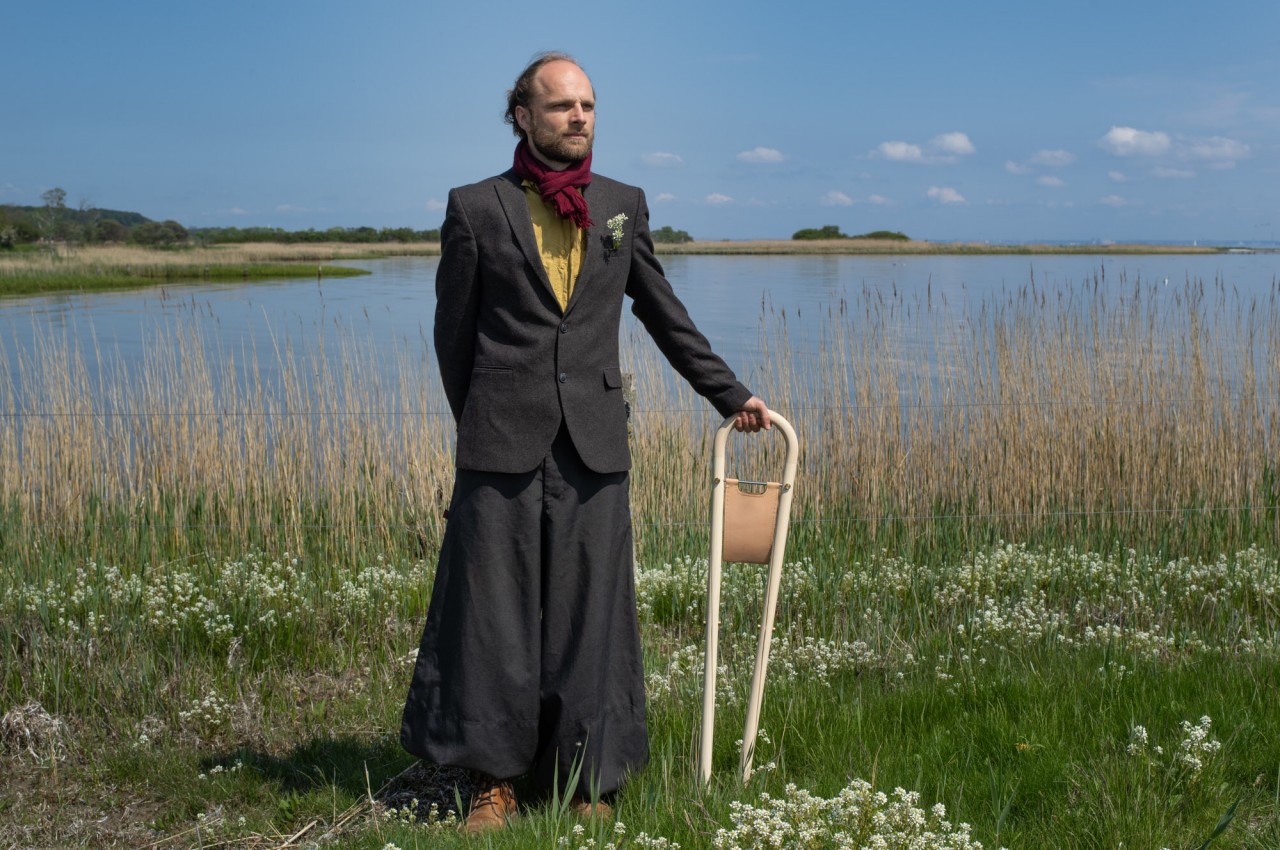
No one can escape the passage of time or how the body grows old and frail. We can really only delay the inevitable with a healthy lifestyle, but there will always come a time when we’ll need someone or something to lean on while walking or need to sit down more regularly even if there’s not a chair in sight. Walking aids and stools are common sights in everyday life, and products that combine these two are also no longer alien to our eyes. Unfortunately, most of them, while functional, are also unattractive and sometimes even difficult to use. They’re often a cause of embarrassment for users who’d rather leave these at home and endure discomfort rather than be seen using them. Fortunately, all hope is not lost and this rather unique “sitting cane” shows how a well-designed tool can be functional, beautiful, and uplifting all at the same time.
Designer: Anker Bak
Made from a single piece of solid ash wood split in the middle and held together with six brass bolts, the SNILD, the Danish word for handy or dextrous, shatters expectations of what a walking aid should look like. Rather than a traditional stick or a rod that ends with legs at the bottom, it looks more like a tapered paper clip viewed from the front. The curved top and bottom edges along with the sloping sides give the tool a more elegant and stylish appearance, while also providing bigger surface areas for holding or standing on the floor. The loop at the top also lets you hoist the sitting cane over your shoulder if you need to make use of both hands.
Unlike walking aids that also function as stools, transforming the SNILD is as easy as pulling the top halves apart. This reveals a leather seat that is both durable and comfortable, and it uses simple physics to hold the person up. The rubber feet of the legs provide the necessary grip to prevent the stool or the cane from sliding.
More than its functionality, it’s the design and aesthetic that puts the SNILD above the rest. It has a dignified appearance that goes beyond a simple walking aid or seat, and that sense of dignity is transferred to the user who no longer feels the shame of carrying one. It is a part of the designer’s vision of Everyday Assistive Furniture (EAF) design furniture that’s not only a tool but can even be a source of pride and an heirloom for future generations.